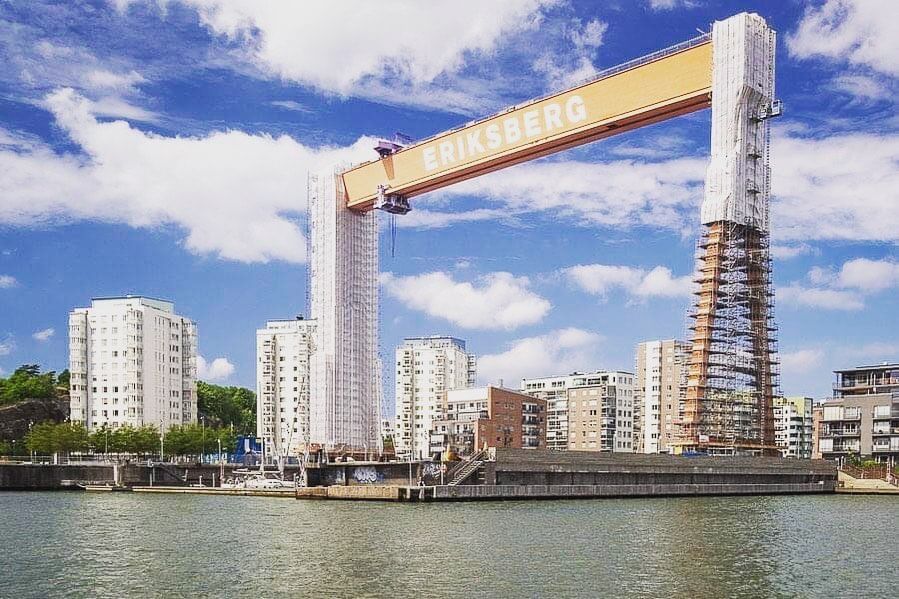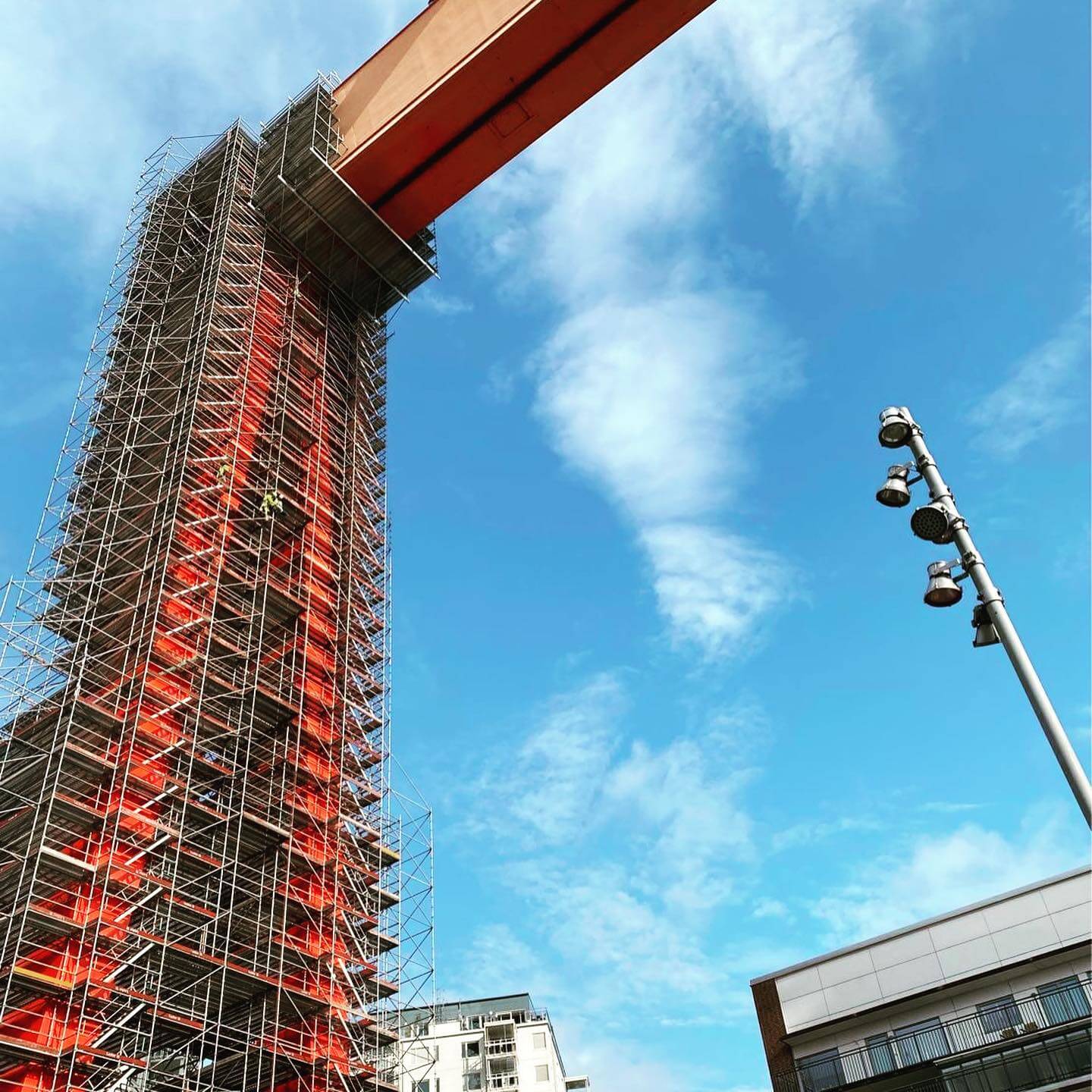In the current fast-paced earth, infrastructure tasks are getting more complex and ambitious than actually before. As cities expand, the need for sustainable building practices grows. This shift has generated a critical reevaluation of traditional structure strategies, with an emphasis on environmental responsibility. Among these practices, sustainable scaffolding infrastructure bridges (byggnadsställningar infrastruktur broar) have appeared as an essential aspect in overcoming modern infrastructure challenges. These options not just ensure that projects are done effortlessly but in addition decrease environmental influence, reduce waste, and promote security on structure sites.

The Importance of Sustainable Scaffolding
The structure industry is one of many biggest contributors to international spend and carbon emissions, making sustainability a priority in contemporary infrastructure projects. Old-fashioned scaffolding systems, often made from non-recyclable products and concerning significant waste all through installation and elimination, contribute to this environmental burden. Sustainable scaffolding aims to handle these dilemmas by using eco-friendly materials, improving source effectiveness, and lowering waste. This approach guarantees that the structure market may meet with the demands of modern infrastructure while reducing its impact on the environment.
Important Features of Sustainable Scaffolding Solutions
Sustainable scaffolding options offer a range of benefits that donate to both environmental and working efficiency. One of the most substantial features is the usage of recyclable or reusable materials. Contemporary scaffolding methods were created with longevity in your mind, often produced from materials like metal or material, which is often reused multiple instances without compromising protection or strength. This decreases the necessity for new resources, conserving valuable sources and minimizing waste.
Moreover, sustainable scaffolding solutions frequently incorporate modular styles, enabling for easy construction, disassembly, and adaptability to various task types. That mobility decreases the total amount of scaffolding required for each work, more reducing substance waste. The capacity to reuse scaffolding components across multiple projects also decreases the overall carbon footprint of construction activities.
The Importance of Safety and Effectiveness
Sustainability in scaffolding isn't pretty much environmental advantages; it's also about improving security and operational efficiency. Well-designed scaffolding programs enable quicker, safer usage of large or difficult-to-reach areas, streamlining construction processes and reducing downtime. That effectiveness is not merely vital for meeting restricted deadlines but in addition for increasing staff safety. By ensuring that scaffolding programs are protected, stable, and simple to steer, the chance of incidents is significantly paid down, promoting a better work environment.

Conclusion
Sustainable scaffolding solutions are becoming an essential factor in the structure of contemporary infrastructure. As a moves toward more eco-conscious techniques, these innovative scaffolding techniques provide ways to lower waste, increase security, and enhance functional efficiency. Whether it's through the utilization of recyclable materials, modular designs, or reference optimization, sustainable scaffolding plays a crucial position in shaping the future of infrastructure. For structure businesses seeking to remain competitive and environmentally responsible, adopting sustainable scaffolding alternatives is not really a clever choice—it's a necessary one.
